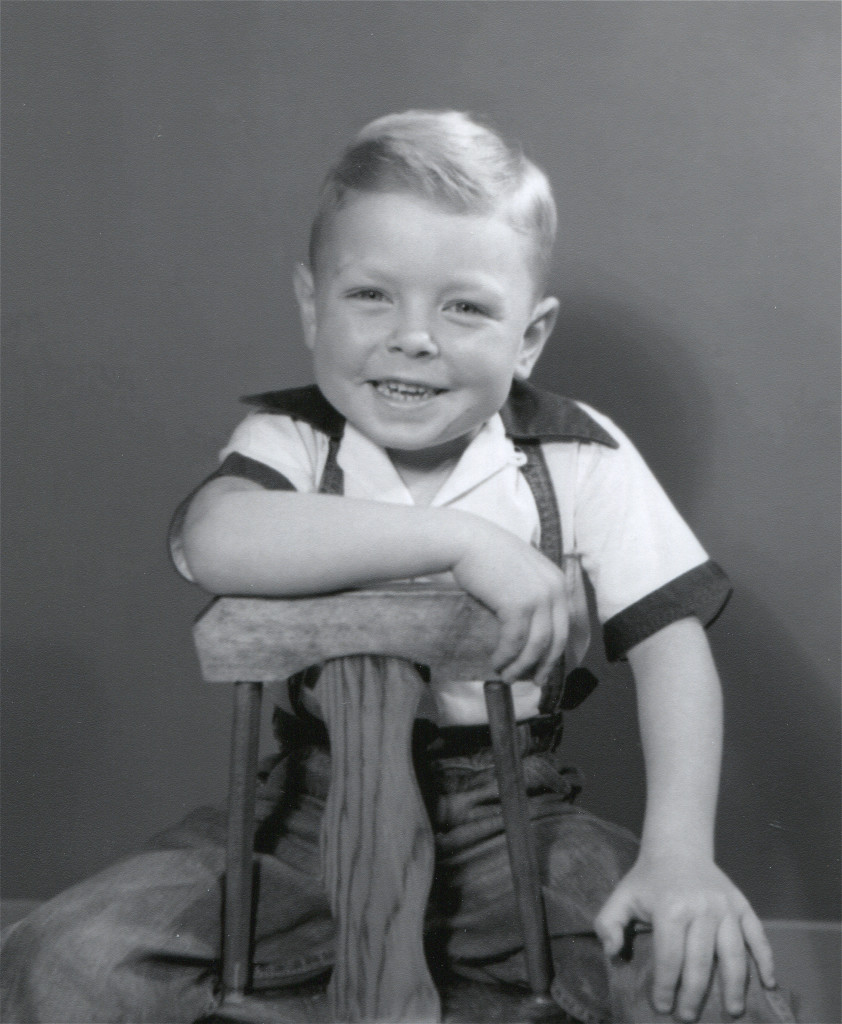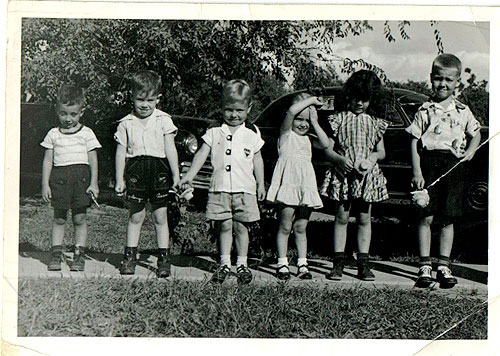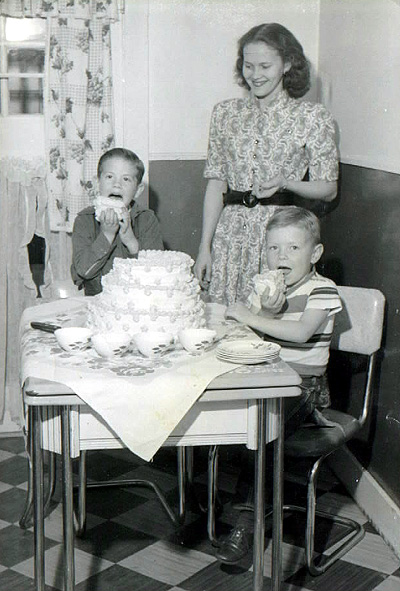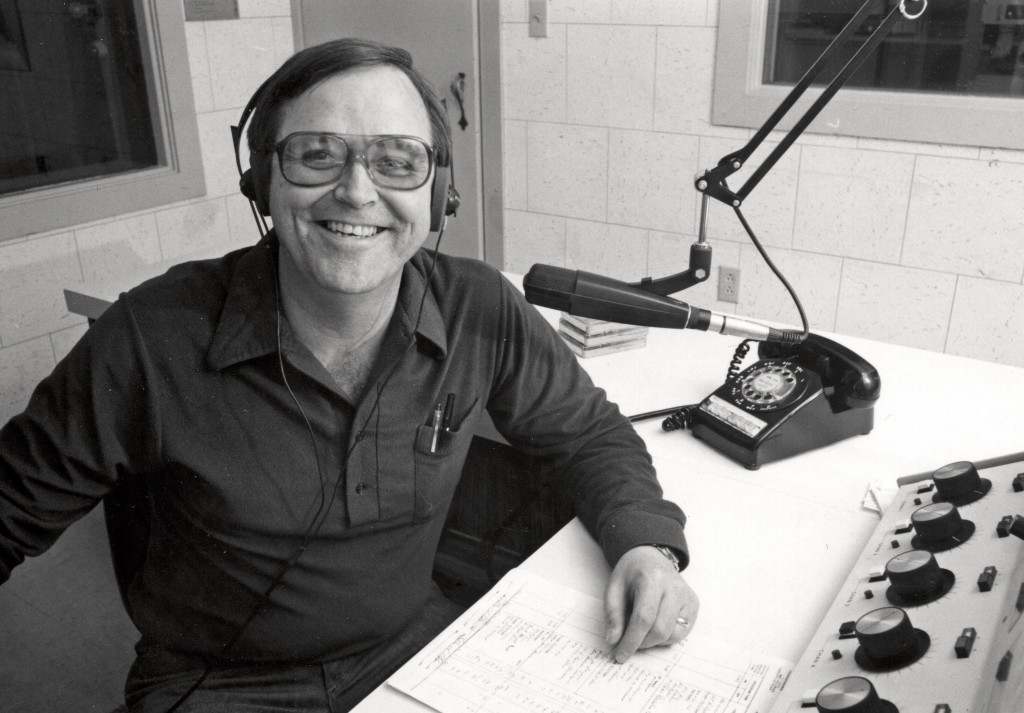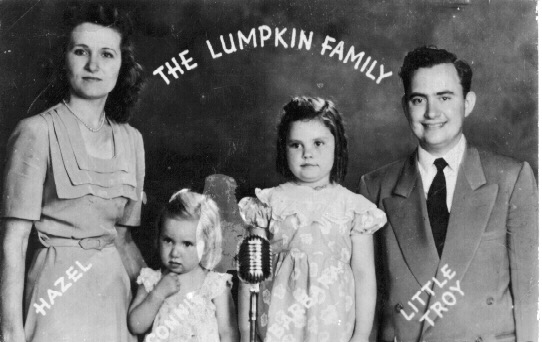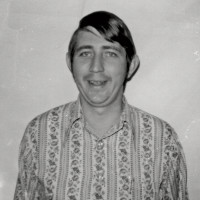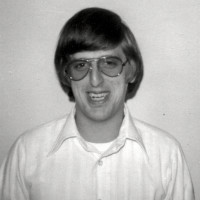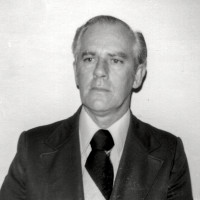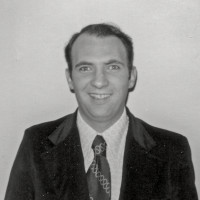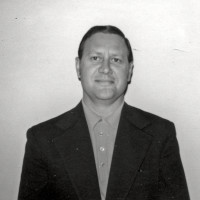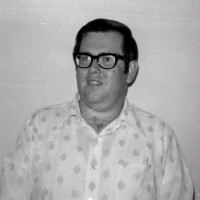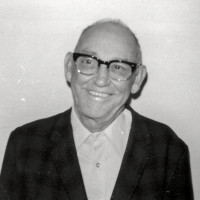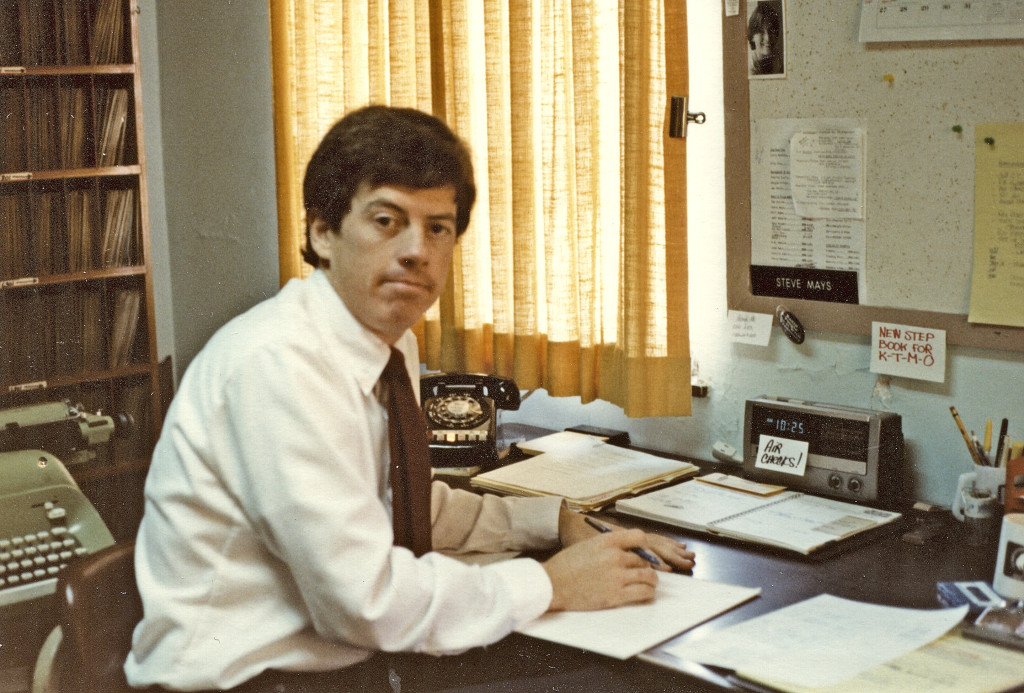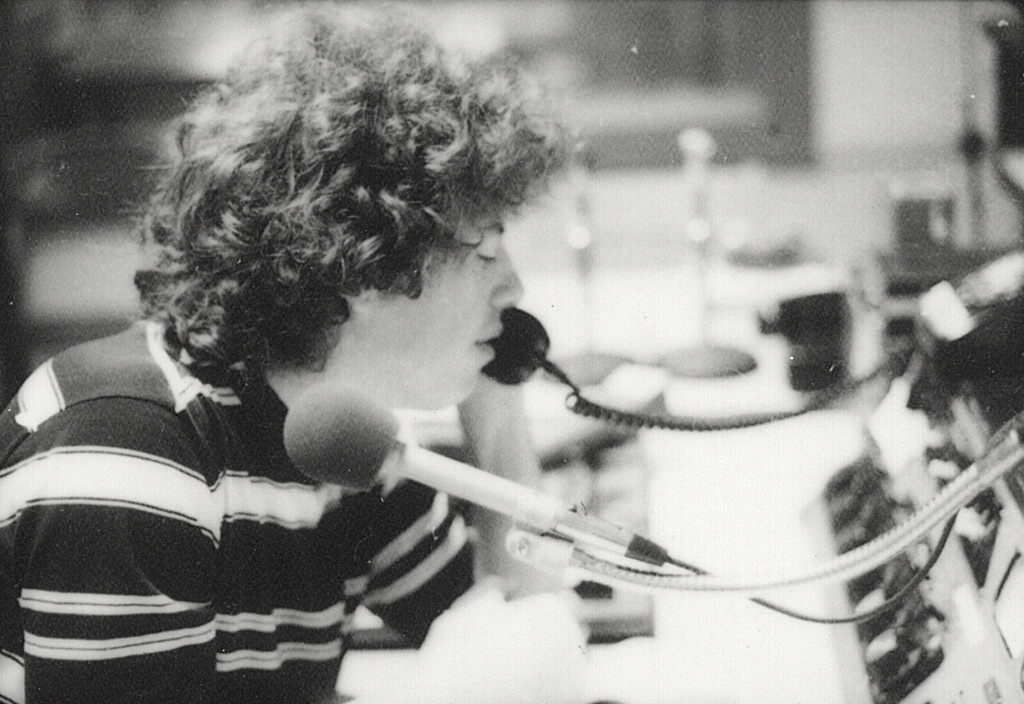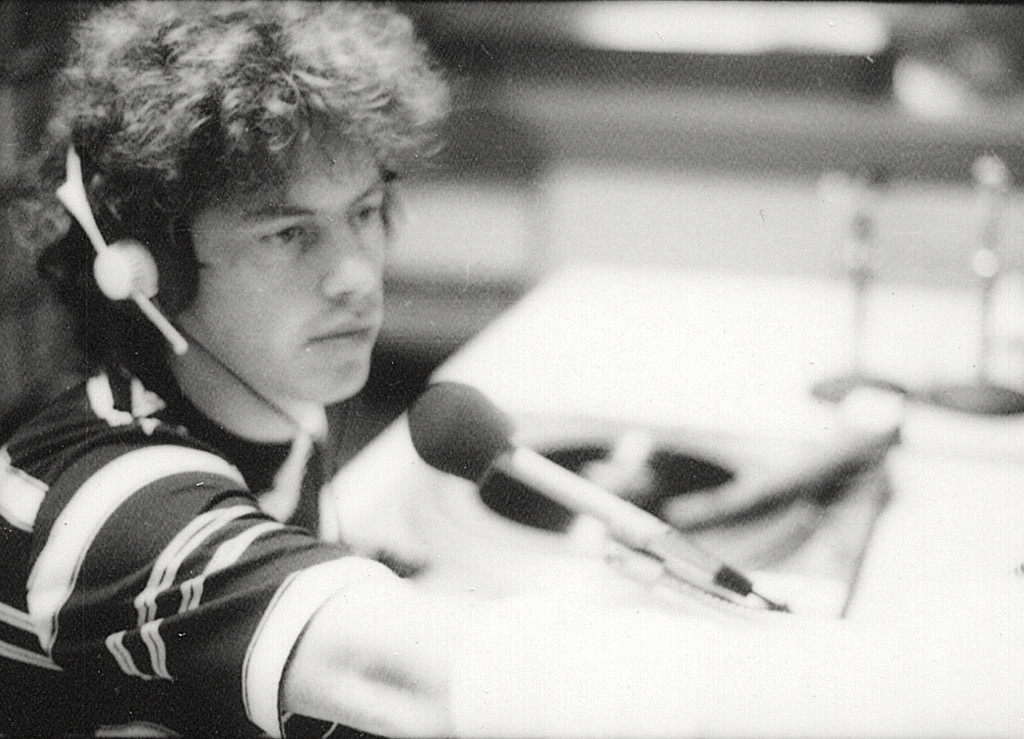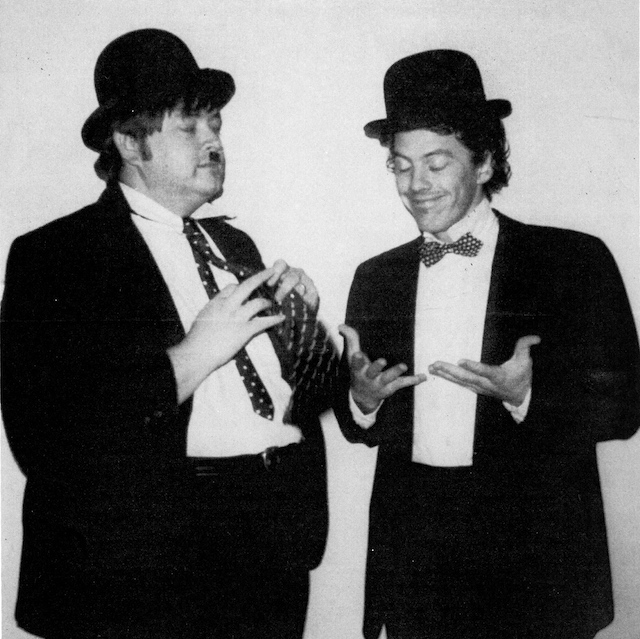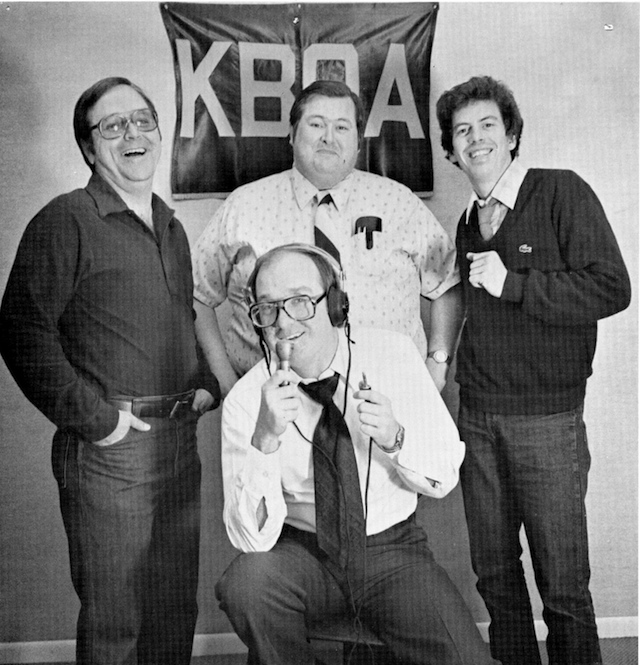In late summer of 1972 I had been “promoted” from baby-sitting the automation that ran our FM radio station to a live shift (3-7 p.m.) on the AM station. I had recorded weather reports for the FM station but being on the air live was intimidating.
Our stations had no affiliation with national news networks so our only source was the Associated Press wire. Every hour the AP teletype would spit out a national news summary, timed to run about five minutes for a typical reader. At our little stations, the announcer on duty did everything, including reading the news at the top of the hour.
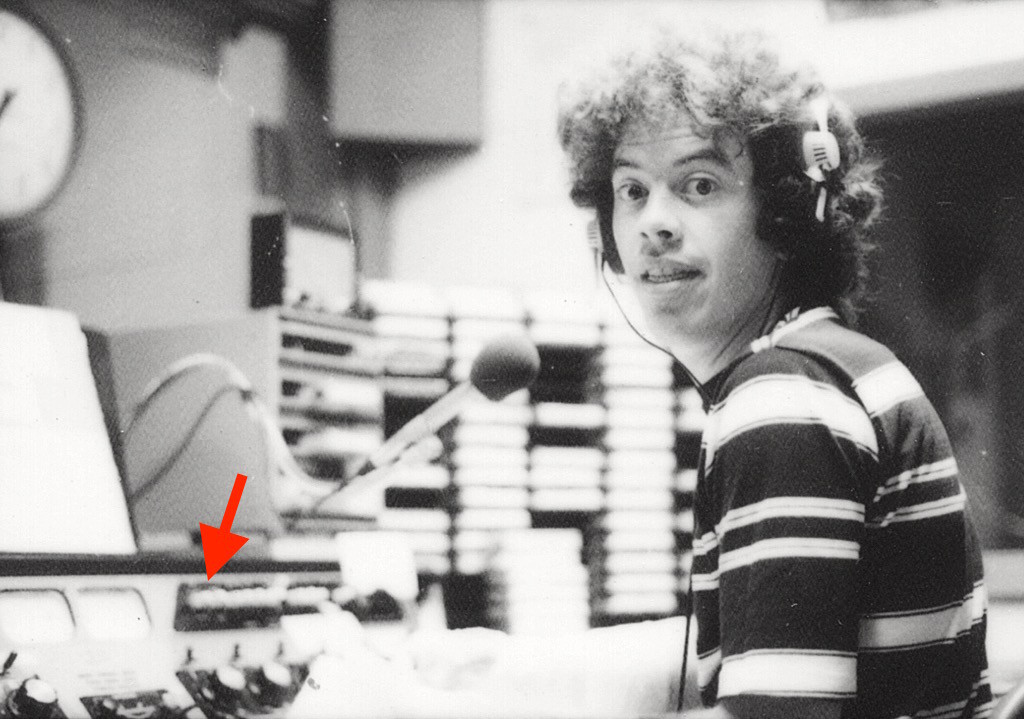
At precisely the top of the hour, the FM automation stopped cold for exactly five minutes. The person “running the board” on the AM would throw a switch that “simulcast” the two stations for those five minutes so the same live newscast could go out on both the AM and the FM. At precisely five minutes past the top of the hour, you throw the switch back as the FM automation takes over again.
I found this procedure challenging. More accurately, I found the last 30 seconds challenging. If you were in the middle of longer story you had to find a place to break in order to “make the join.”
After a week or two I started getting comfortable with this operation and then one day I finished reading the news — every story — and looked up at the clock and saw that I was a minute early. I couldn’t flip the switch to send the FM back to automation because it would result in a minute of dead air. The Ultimate Sin for new radio guys.
I don’t remember how I filled that minute. Probably with weather, maybe a couple of “community highlights.” All I really remember was the knot in my stomach and the sense of time dilation.
It’s unlikely that I’ll ever be in a situation where I have to “fill” for a minute. But if I am, I’m going to tell this story.

